
May 16, 2022 | Astrobiology, Daily Space, Earth, Exoplanets, Kepler, Mars, Moon, Review, Supermassive Black Holes, Supernovae, Zhurong
Using a mere twelve grams of lunar soil returned by the Apollo missions, scientists have successfully grown plants in the lab. With a wealth of genetic data on hand, they can now analyze the changes to the plants and the soil. Plus, stellar cannibalism, a black hole merger, brown dwarfs, water on Mars, and a review of “Star Trek: Strange New Worlds”.
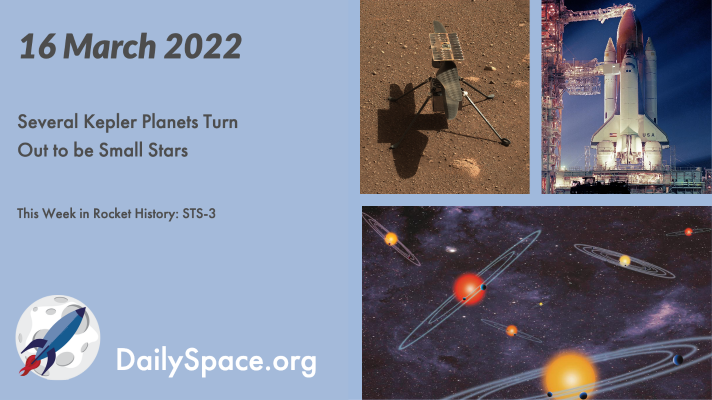
Mar 17, 2022 | Astrobiology, Climate Change, Crewed Space, Daily Space, Earth, Exoplanets, Kepler, Mars, Random Space Fact, Rockets, Soyuz, Space History, Spacecraft, Stars
Using updated stellar measurements based on new data from the Gaia mission, three (and possibly four) Kepler exoplanets are actually small stars, but it’s unlikely new calculations will reveal many more such issues. Plus, Ingenuity, astronauts, permafrost, and This Week in Rocket History, we look back at STS-3 and the first use of the Canadarm.
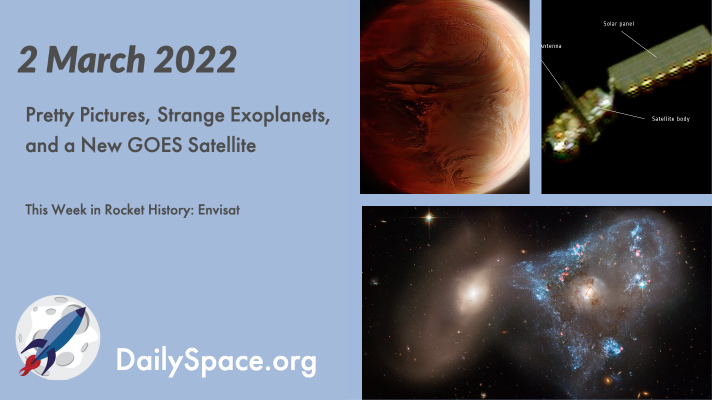
Mar 3, 2022 | Daily Space, ESA, Exoplanets, Galaxies, Kepler, Neutron Stars / Pulsars, Observatories, Random Space Fact, Rockets, Space History, Spacecraft
To bring some joy into a fraught world, we have rounded up a few of the latest image releases of star mergers and galaxies to brighten your day. Plus, we’ll look at a few strange exoplanetary systems and their amazing science, talk about the latest GOES satellite to launch, and this week in rocket history is all about Envisat.
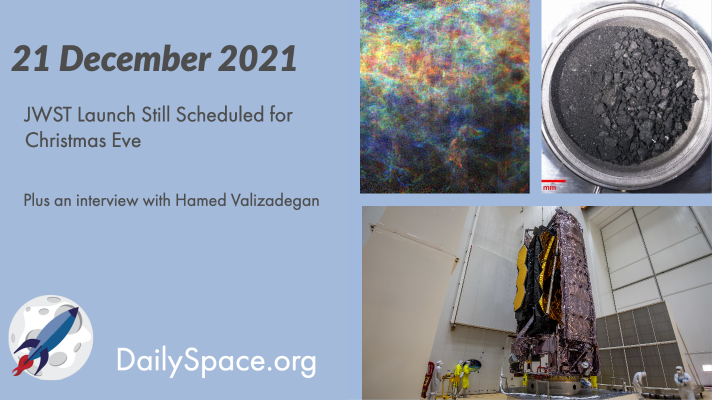
Dec 22, 2021 | Asteroids, Daily Space, ESA, Guest Interview, JAXA, JWST, Kepler, Milky Way, Neutron Stars / Pulsars, Physics
Dr. Pamela takes a deep dive into her feelings about the JWST, its pending launch, and just what the telescope means to the astronomical community. Plus, general relativity is still true, a huge filament of gas in the Milky Way, and we interview Hamed Valizadegan, project lead for ExoMiner.
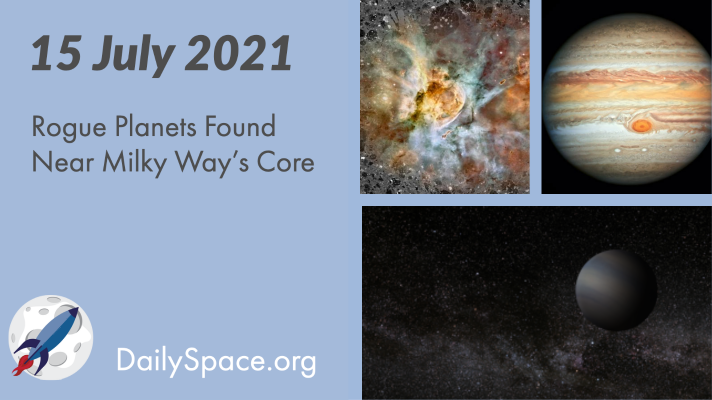
Jul 16, 2021 | Asteroids, Black Holes (Stellar), Conferences, Daily Space, Earth, Exoplanets, Globular Cluster, Jupiter, Kepler, Mercury, Our Solar System, Stars, Supernovae
Using data collected by NASA’s Kepler Space Telescope, scientists have found four free-floating, or rogue, planets near the core of the Milky Way. These planets formed in discs in other planetary systems and were thrown out by gravitational interactions with larger planets. Plus, the early solar system, including ancient Earth, Jupiter’s chemistry, and Mercury’s core.
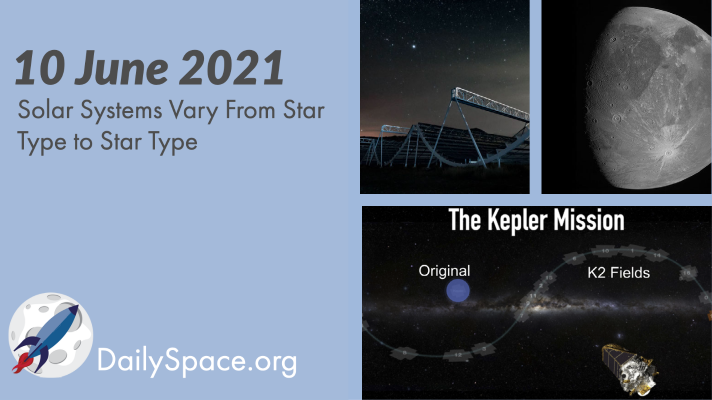
Jun 11, 2021 | AAS, Daily Space, Exoplanets, Fast Radio Bursts, Guest Interview, Jupiter, Kepler, Planetary Nebulae, Planets, Spacecraft, Stars
In new research, scientists examined the populations of stars observed by the Kepler and K2 missions and found that the solar systems were different depending on the type of star involved. Plus, CHIME results, a brown dwarf’s atmosphere, a stream of stars in the Milky Way, and an interview with PSI’s Dr. Candice Hansen about the recent Ganymede flyby of NASA’s Juno spacecraft.








 We record most shows live, on Twitch. Follow us today to get alerts when we go live.
We record most shows live, on Twitch. Follow us today to get alerts when we go live.